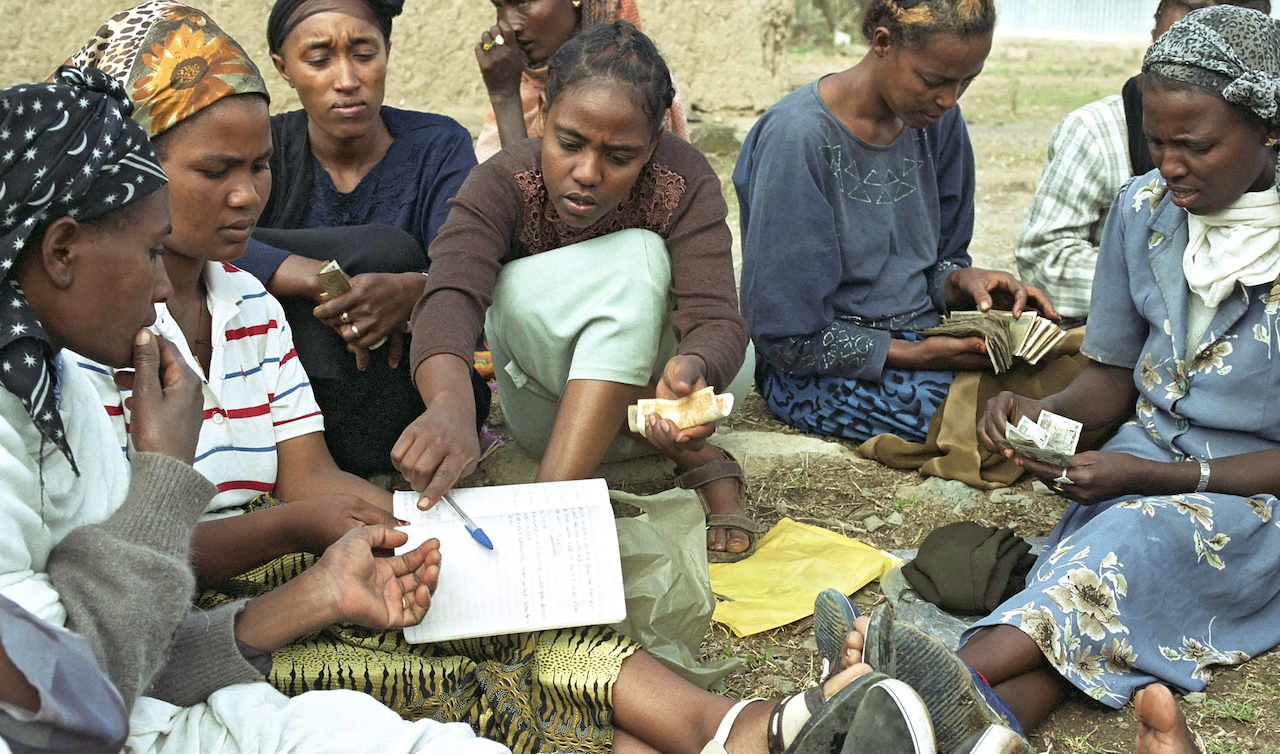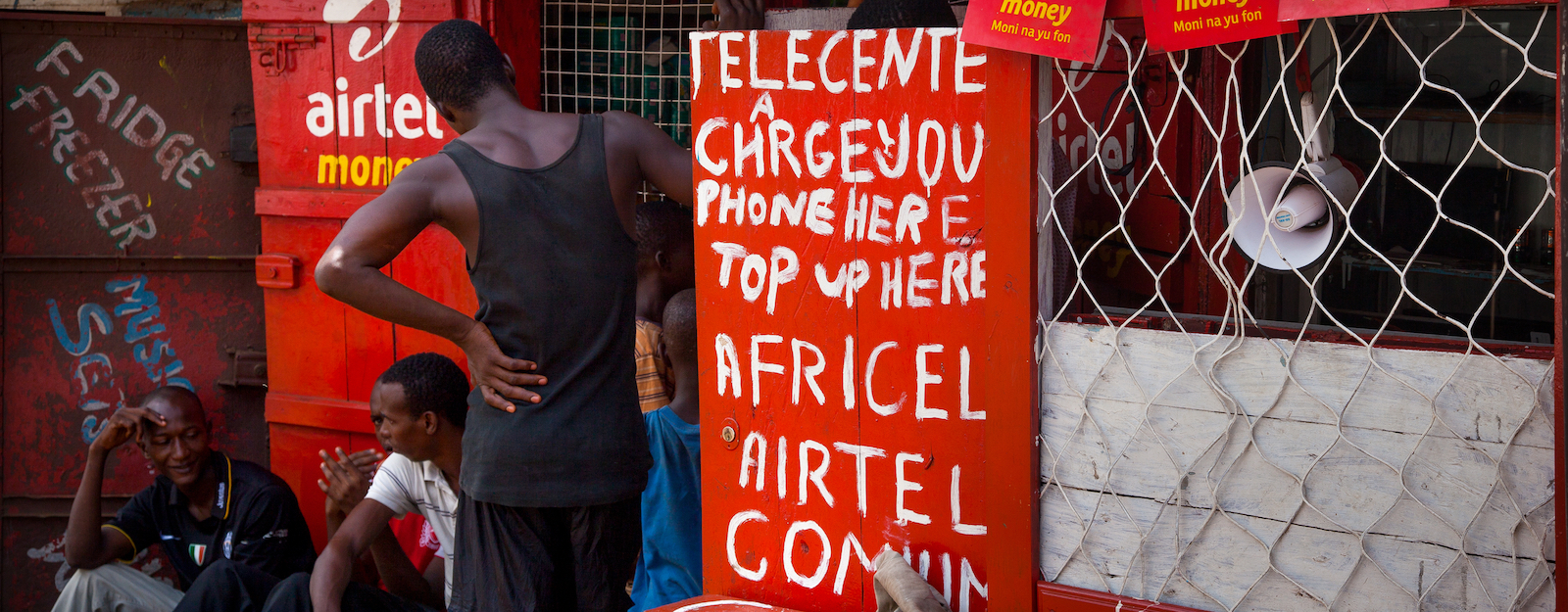The gendered impact of the climate crisis in Turkana County, Kenya
Rosa Pouakouyou
8th November 2023
8 minute read.
The Turkana context:
Turkana County, the largest county by land in Kenya, has a population of almost a million people. A largely dry and semi-arid climate, Turkana is home to Lake Turkana, a UNESCO World Heritage Site and the world’s largest permanent desert lake. It is a region of Kenya with a particularly rich cultural history, offering insights into the history of human evolution, and of Kenya itself, alongside a broad ecosystem of biodiversity and ecological variety.
Yet, Turkana County is also one of Kenya’s poorest regions; 79 per cent live in absolute poverty, with 84.9 per cent of the population living in rural areas. As such, agriculture forms the backbone of the county economy, with many communities being predominantly pastoralist, and with traditional livelihoods and cultural practices revolving around livestock rearing and natural resource management. Such pastoralism is often nomadic in nature; communities relocate, alongside their livestock, in search of the most productive land. Consequently, Turkana people often rely heavily on regular climatic events, such as annual flooding, to nourish the fertile lands, feed their livestock and secure their livelihoods. However, increasingly unpredictable climatic events and the growing impact of the climate crisis has not only left the economy threatened, but also the county’s way of living.
The climate crisis has led to increased temperatures, insect plagues, irregular rainfall and prolonged droughts, amplifying the already harsh environmental conditions in Turkana County. This growing crisis is not a gender-neutral phenomenon; its impact has led to disparate consequences for men and women. Such disparity also reaches those with other, often intersecting and increasingly vulnerable, lived experiences, for example, people with disabilities are on average two to four times more likely to die or be injured in climate emergencies such as flooding and heatwaves. Across Kenya, gender inequality continues to decline due to efforts by local and national groups and the Government alongside NGOs and international organisations. However, in Turkana County gender inequality has increased, an inequality which is exacerbated by the impact of the climate crisis.
The position of women and girls
Women and girls in Turkana County are impacted by numerous factors undermining gender equality in the region. Traditional perceptions render girls’ education as optional, with the most recent figures suggesting that only 41 per cent of Turkana young women aged 15-24 are literate (this rate is around 70 per cent for young men of the same age). Furthermore, harmful traditional practices such as female genital mutilation, gender-based violence and child marriage remain prevalent. 42 per cent of Turkana women aged 15-49 have experienced physical violence, compared to a lower 34 per cent of Kenyan women. Evidence also highlights that more than half of Turkana girls will marry before the age of 18. Further, for pastoralist Turkana communities, leadership and community practices and traditions can be exclusionary of women. Turkana communities, for example, use traditional land management systems led by Councils of Elders who ensure each community member has access to land through reconciling land-related disputes. Yet women, young people and other vulnerable people such as people with disabilities are often left out of discussions of land-related matters despite land forming a critical part of Turkana’s socioeconomic infrastructure. In addition, Turkana County has a customary land tenure system whereby access to land is mainly inherited, with no formal documentation. However, women often do not have land ownership rights, undermining their capacity for economic empowerment. This is an issue particularly prevalent among poorer women, as daughters of chiefs or women from rich families are often allocated land.
The intersection of inequality, gender and the climate crisis
Women play critical roles in Turkana households, particularly in pastoralist communities, engaging in activities ranging from supplying food for their families, water collection and contributing to household incomes via woodfire gathering. Such activities are greatly impacted by climate variation, primarily due to increased water scarcity. With inconsistent rainfall and low river levels, women must travel longer distances to gather water for domestic use and livestock or pay greater prices for transported water (a cost which is difficult to meet when your livelihood is being threatened). USAID noted that over 40 per cent of households must travel more than 30 minutes on foot each day to fetch water, and in one rural Turkana village it was found that women took 6-9 hours to fetch water from local rivers every other day during the dry season. In some parts of Turkana over 90 per cent of water sources have dried up. This increased labour has a multidimensional impact: it impacts women’s time availability, increases their workload, exposes them to gendered and sexual violence on such long journeys, limits their participation in income-generating activities and community decision-making processes and significantly reduces their personal leisure time. Consequently, the burden of climate crisis-induced water scarcity further entrenches gender inequalities and limits women's economic empowerment (which would help reduce their vulnerability during climate crisis induced events such as prolonged droughts), and overall social mobility.
Further, for people with disabilities, including those women already impacted by gender inequality, many systems of support currently in place, such as cash transfers, are not inclusive of intersecting identities. For example, the Persons with Severe Disabilities Cash Transfer (designed to meet basic needs and stop extreme poverty) gives recipients 2000 Kenyan Shillings (around US$17) per month, if they are ‘severely disabled’ and living in extreme poverty. However, not only is the category of ‘severely disabled’ limited, for example, it does consider people who use prosthetics as ‘severely disabled’, but the Kenyan National Social Protection Policy only allows recipients to receive one type of cash transfer. As such, those with disabilities eligible to receive the Persons with Severe Disabilities Cash Transfer, cannot receive additional support from the National Social Protection Policy, including support related to the climate crisis. The impact of such limitations is again multi-faceted, for instance, those with physical disabilities who cannot walk long distances to collect water, unless they have a strong support network, are forced to purchase water, a growing cost they are unlikely to be able to meet if eligible for the Persons with Severe Disabilities Cash Transfer. As the climate crisis worsens, and those already struggling seek additional support, such binary categorisations that fail to recognise intersecting identities, may be unable to effectively support and address the variety of lived experiences and therefore issues faced by people living in Turkana County.
Access to food is another critical aspect of the gendered impact of the climate crisis. Turkana County currently faces chronic food insecurity, fueling malnutrition, and a variety of other health impacts such as those for children, and pregnant or breastfeeding women. For instance, over 50,000 children under the age of five suffer from acute malnutrition in Turkana. As droughts become more frequent and severe, crop failures, and livestock losses intensify, affecting both income and food security in the region. Traditionally, men are responsible for livestock herding, whilst women engage in small-scale farming and food processing. However, the scarcity of water and pasture due to climate change diminishes both the productivity of livestock and agricultural activities. As food production becomes increasingly challenging, many women and men face additional pressure to provide for their families and communities, for example, by turning to Lake Turkana’s fisheries. Additionally, women and children are often more vulnerable to malnutrition due to the increased nutritional needs associated with menstruation, pregnancy and breastfeeding. Most recent statistics indicate that acute malnutrition amongst women in Turkana is 9.1 per cent. Such consequences further perpetuate gender inequalities by creating health disparities and unequal access to adequate nourishment within households and communities.
Concluding observations
The gendered impact of the climate crisis in Turkana County is multidimensional in its impact. This blog has discussed several key issues, but the climate crisis cuts across all aspects of Turkana life. Yet, the climate crisis exacerbating gender inequalities is a global issue. Marginalised groups disproportionately bear the brunt of climate crisis induced consequences, including those least responsible for generating carbon emissions, thereby illustrating the intersectional way people experience the crisis. Recognising the varied ways in which women and men (and all people with differing characteristics) are impacted, and the particular vulnerabilities different groups have, in the face of the crisis, is critical for developing effective adaptation strategies and policies. In prioritising gender equality, being cognisant of the diversity of lived experiences and ensuring women actively participate in decision-making processes, future resilience to climatic changes is undoubtedly more just.










